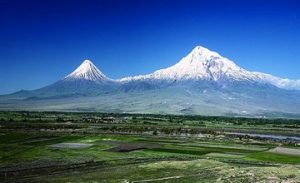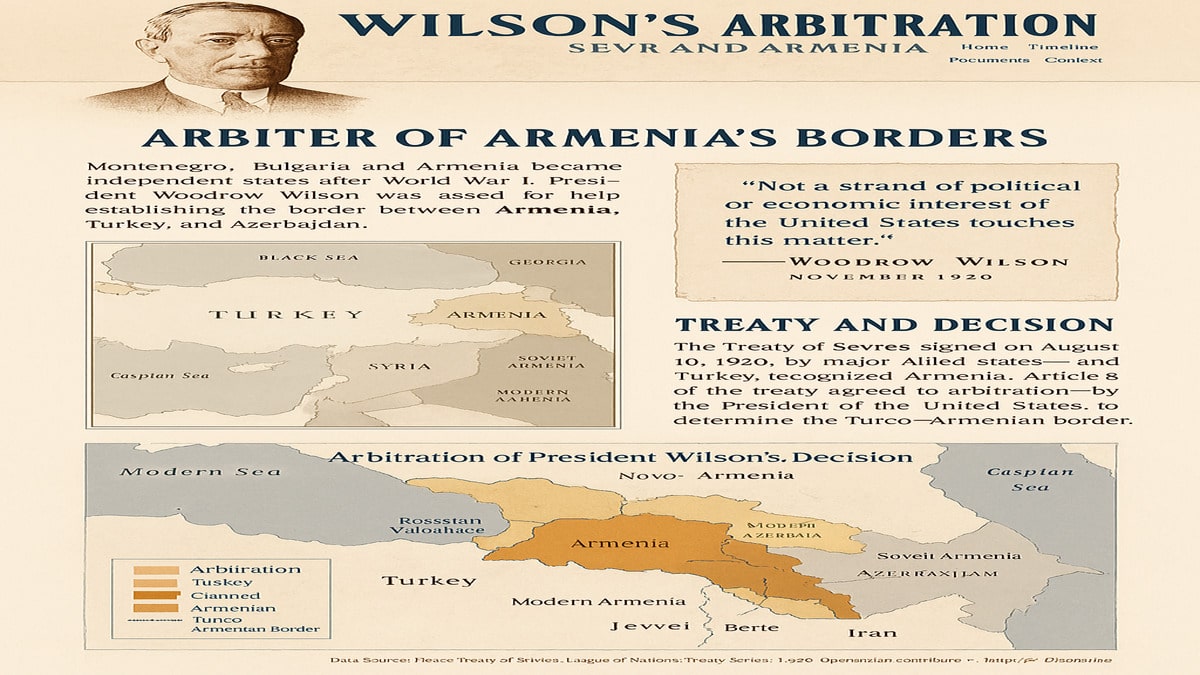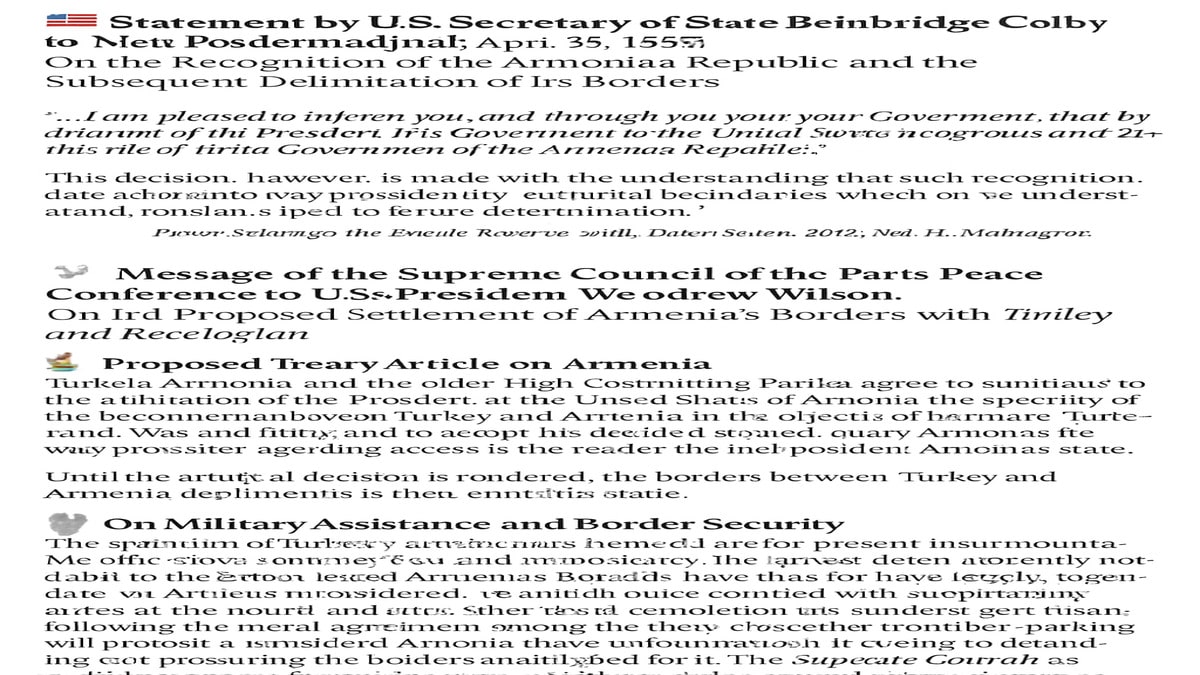 The highest two-peaked mountain (5.165 m) of the Armenian Highland was called Sis and Masis by Armenians. Masis is also known as Ararat. Like many questions concerning Armenian History and ancient names, the names Masis and Ararat of the holy Armenian mountain have also interested researchers and raised many new questions: Why this sacred mountain has two names–Masis and Ararat?.
The highest two-peaked mountain (5.165 m) of the Armenian Highland was called Sis and Masis by Armenians. Masis is also known as Ararat. Like many questions concerning Armenian History and ancient names, the names Masis and Ararat of the holy Armenian mountain have also interested researchers and raised many new questions: Why this sacred mountain has two names–Masis and Ararat?.
Which one is more ancient?. What do the names Sis, Masis and Ararat mean?. Why and when the mountain was called Ararat?. Further on we will consider each of these questions and try to explain them. The names Sis and Masis are the most ancient names of the mountain. It can be noted that the other mountain peaks of the Armenian Highland also have names close to the name Masis. Thus, the mountain to the North from Lake Van was called Nekh-Masiq (Sipan)1.
The mountain in Armenian Mesopotamia in the south-west of the Armenian Highland, in ancient Greek2 and in Armenian3 sources was called Masios or Masion (now–Tur-Abdin). Assurian written sources use the name Qashiari4 mountains for these mountains.
From the Shumer-accadian epos ”Gilgamesh” a two-peaked mountain by the name of Masu or Mashu5 is known, behind which the sun rose and set, and on which Utnapishti’s (Noah’s prototype) Ark rested. Masu-Mashu is often identifi ed with the Masios-Masion Mountains.

There are many explanations and points of view about the origin of the names Sis and Masis.The most ancient is M. Khorenatsi’s explanation: In his work “Armenian History” he wrote, that the name Masis came from Hayk’s great-grandson Amasia’s name6 (Hayk, Aramanyak, Aramayis, Amasia). According to one of the points of view the names Masis, Masu-Mashu have the meaning of “twins”,
“pair of mountains”, “twin mountains”.7
According to another widespread viewpoint the name “Masis” has originated from the Armenian word “mas” (part), because the mountain consists of two parts. However, the majestic view of the mountain suggests something else. By their impressive appearance, Sis and Masis (lonely, two-peaked) leave such an imposing sensation as if they have directly come off the Mother Earth, the land, and are firmly rooted inside the ground. According to other opinions, the high peaks are not lonely and are not directly connected with the Mother Earth.
They are just high peaks of mountain chains. The appearance of the mountain Masis (Sis, Ma-Sis) suggests that the name Sis may have been connected with the meaning of the Armenian word “tsits”, which is the “breast of a feeding mother”8 («կաթնաբեր մասունք մարց¦). Among many Indo-European languages one can fi nd words with similar meaning and pronunciation9 .
“Ma” in the word Masis is a short form of addressing a mother in the Armenian language. Therefore we should assume that Masis has the meaningof Mother Sis. By calling the two-peaked mountain Sis and Masis, located nearly in the center of the Armenian Highland, the Armenians viewed it as the Mother Country, an earth nourishing source, which with its high peaks received cosmic, life-giving stream and energy and nourished Mother Earth and the country – Armenia, directly connected to it.
It is known that Sumerians came down to the Lower Mesopotamia from the southern parts of the Armenian Highland bringing with them many cultural values, including religious and mythological ones created in their motherland. Certainly they knew about the two-peaked holy mountain of the Armenian Highland with the names Sis and Masis, and in the new homeland while talking about the Flood, they called the two-peaked mountain Masu-Mashu of the Arc. By the way, the peak on which Utnapishti’s Ark rested was called Nisir, which has а far similarity with the name Masis.
The two-peaked Masu-Mashu mountain, from where according to “Gilgamesh” the sun rises and sets, is also illustrated on Acadian stamps. Moreover the mountains are illustrated in such a way as though they are seen from Mesopotamia – Masis on the left, and Sis on the right. Armenians consider Masis as a holy, divine mountain, on the peak of which a mortal’s feet should not step. Armenians believe that the mountain is protected by devils and vishapazuns (dragon’s descendants). Let us recall M. Khorenatsi’s words when he mentions about the Armenian king Artashes, who while cursing his son Artavazd, says:
If you get on a horse, go to hunt
Up to the free, to Masis,
Let the devils capture you and take away
Up to the free, to Masis10.
These devils and vishapazuns that protect the mountain Masis remind us of men-scorpions from the epos “Gilgamesh”, which protect the gates of Masu-Mashu Mountains and open them only for gods. In 1255, when French travaler U. Rubruq wanted to climb up to the top of Ararat, an Armenian old man convinced him not to climb, saying “no one… should climb up to Masis, she is the mother of the Earth”11.
For Armenians even the snow on top of Masis was considered sacred. When in 1829 the Armenian writer Kh. Abovyan with a German scholar F. Parrot climbed up to the top of Masis, he brought with him a bottle fi lled with snow, which he kept as a sacred relics.
Thus, it can be said that the ancient name Masis of the Armenian holy mountain was used as a basis for the names Nekh-Masiq, MasiosMasion, and also Masu-Mashu, which are located in other places of
the Armenian Highland. For the holy mountain Masis, the name Ararat is also used, which is the most ancient name given to Armenia.
The name Ararat (Ara rat) with its meaning and explanation goes back to the times of creation and has the meaning of “the place of creation”12. The name Ararat was spread in the world through the Bible. According to the Old Testament, during the Flood Noah’s Ark rested on the “Ararat mountains” 13.
The Hebrew original version of the Bible uses the name Ararat kingdom (Urartu) for Armenia, and the mountain on which Noah’s Ark rested is called Ararat mountain. Later, in early medieval times, the Christian interpreters of the Bible identifi ed the mountain of Noah’s Ark, l ocated in Ararat country (mountains) with the mountain called Masis by Armenians and thus Ararat-Masis was considered to be the mountain on which Noah’s Ark rested.
Thus, the name Masis of the holy mountain, located nearly in the center of the Armenian Highland is the oldest name given to the mountain by Armenians and has the meaning of “Mother-Nourishing” (Ma-Sis), while the name Ararat was given to it later – as a mountain located in the center of Ararat-Urartu country, where during the Flood Noah’s descendants found a shelter and were saved. After the Flood a new human civilization came into being around the mountain AraratMasis.
An excerpt from Angela Teryan’s book “Ancient written sources of European peoples about their ancestral homeland – Armenia and Armenians”
Footnotes
1. The History of Armenian People,Yerevan, 1971, v. 1, p. 21
2. Strabo, Geography, XI, 14 (2)
3. Eremyan S., Armenia According to Armenian Geography («Աշխար-
հացույց»)
4. Chrestomathy of the History of Armenian People, Yerevan,1981, p. 15-16, 21
5. Poetry of Ancient East, Yerevan, 1982, p. 145
6. Movses. Khorenaci, The History of Armenia, Yerevan, 1981, p. 50-51
7. Martirosyan N., Historical-Philological Journal, 1961, N 3-4, page 107
8. New Leхicon of the Armenian language (Նոր բառգիրք Հայկազյան
լեզվի), p. 746).
9. Acharyan H., Armenian Etymological Dictionary, 2, 1973, p. 471-472, (in
Armenian), V. Dal, Explanatory Dictionary, Moscow, 1956, p. 188 (in Russian).
10. Movses Khorenaci, 1981, p. 233
11. Hakobyan Hovh., Notes (in Armenian), vol. 1, Yerevan, 1932, p. 18
12. Teryan A., Armenia: Cradle of Creation and Civilization, 2002, p. 18-19
(in Armenian)
13. Genesis, 4,5



5 thoughts on “About the Names Sis, Masis and Ararat of the Holy Armenian Mountain”
Ararat” and “Masis” are Kurdish words and can be translated only from the Kurdish language. “Masis” – in Kurdish ma– “left” and sis – “white, gray”; letterally – “snow-white”. Snow does not come down from the top of Ararat all the year round, therefore sometimes Kurds in their songs called it: “white-top (snow-white)”.
Ararat” in translation from Kurdish means: ar– fire and hat – came: literally – “spewing fire”, “fiery.” Syrians, having adopted the name of Ararat from the Kurds, called it “Sararad”, where sar is the top, “head” and ar– fire, that is “Fire peak”. In Kurdish, for example, the word “ardu” (wood fuel, firewood) clearly shows the essence of this word, where ar is fire and du is smoke. The word ar is also found in the naming of the ancient Medes priests-magicians – “atrvan (“agrvan”) – “keeper of fire”. This word in modern Kurdish has the same meaning. The name Ararat “Fiery” (“Spewing Fire”) indicates the volcanic nature of the mountain, the origin of which in modern science leaves no doubt. The Kurds, who watched the volcanic eruptions of the mountain, naturally, should have called it that way. To this day layers of hardened lava could be observed around the Mount Ararat. And the different names of Agri-Ararat-Masis are explained by the fact that different Kurdish tribes called these mountains differently.
I was sincerely interested in your comment, but unfortunately I did not find confirmation anywhere. Moreover, if the theory of the origin and residence of the Kurds is correct, then it in no way comes in contact with Mount Ararat. Only the small Kurdish exclaves in the central part of the Armenian Highlands are known for all. Kurdish is a later offshoot of the West Iranian language branch of the Indo-European family, while Armenian is today defined as proto-Indo-European. Thus, the name of Mount Masis (Ararat) is much older than the Kurds and the Kurdish language.